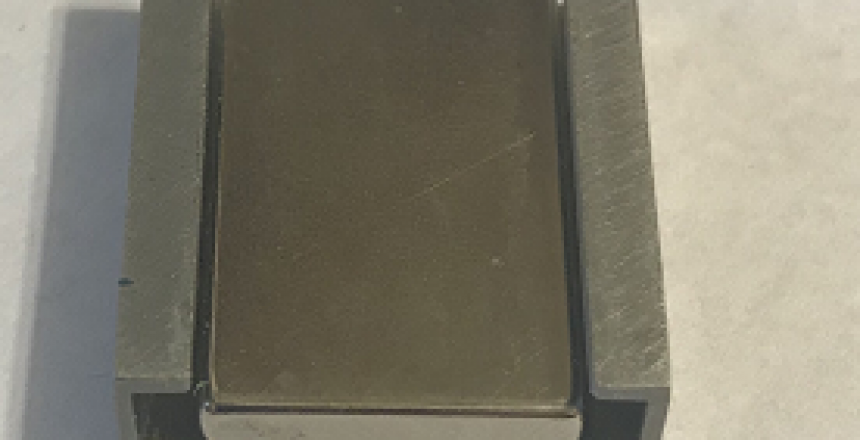The terrorist attacks against the United States on September 11th, 2001 brought massive attention to this nation’s Nuclear Power Industry. Millions upon millions of dollars were spent over a period of years to increase the overall safety of the power plants in this country which in large part meant increasing all things security. Responder positions that were once at times limited to objects such as a random I-Beam located in a building or even the corner of a specific wall have been morphed into legitimate ballistically protected responder positions that we could fight from. Defensive strategies became more robust, manpower levels increased, and the overall level of training reached a fever pitch to come up to speed with this new focus on modernizing the industries security awareness.
As the placement of defensive positions increased, so did my desire to develop a better way to perform some of our most important functions, engaging the enemy. I felt that we could accomplish this quicker, more effectively, and with a repeat-ability that comes with always having home field advantage. It was that sudden realization of us always having home field advantage one night that triggered the creative side in me. As I walked the common pathways that we would ultimately end up travelling in the event of an armed attack I searched for a commonality that I could take advantage of. That commonality was quickly identified as vast amounts of newly placed ballistic steel and even the other native steel infrastructures found such as the I-Beams I referenced earlier. I began to think about how the security force moved. I began to think about how and when we deployed our gear searching for a better way to do it. I am not exactly sure when the thought of using magnets occurred to me but once it did I could not for the life of me get it out of my head. It seemed so obvious as the right thing to pursue. And that is exactly what I did. I first considered how we would typically store and transport our ammunition onsite and immediately began devising a product that would do it better using a high strength custom magnet assembly.
After some thought about what the magnets design should look like I went searching for a manufacturer that could make what I needed. A few searches in I decided to try out one in particular to see if they could make it. Unfortunately this company was located across the country in California. Being the kind of person that I am, that meant a phone call, a plane ticket, and a face to face meeting with them in person. After the sit down we agreed to prototype one to test it out. That prototype worked, but not well enough. I was going to have to find something much stronger.
Seen here at left is one of the original magnetic assemblies. This is the evolution of the magnets, minus the third iteration, with the one pictured all the way to the right being the final version. This final version is strong, can be physically sewn into the product and has both the magnet itself and the metal channel where it resides mostly protected from moisture and shock by a thick rubber coating.









